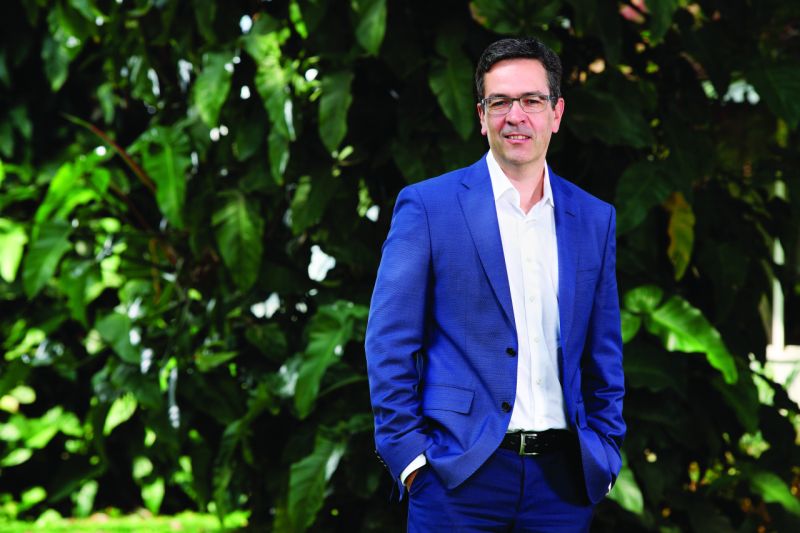 In conversation with Jan-Oliver Roehrl, Chief Technical Officer and Director, Bosch Limited where he emphasizes that Bosch will be one of the prime caterers of emission-free driving.
In conversation with Jan-Oliver Roehrl, Chief Technical Officer and Director, Bosch Limited where he emphasizes that Bosch will be one of the prime caterers of emission-free driving.
Car India (CI): How does Bosch envision the future of automobiles?
Jan-Oliver Roehrl (J-OR): The future, according to us, should be emission-free, accident-free and stress-free driving, and everything is catering to this vision: connected, automated, shared and electrified driving. We consider it as a seamless, multi-model transport that in the future an individual will be using beyond his/her personal vehicle.
So, future powertrains will not be only gasoline or only diesel, ICE (internal combustion engine) or hybrid or electric, but as diversified as India is. We will see in India cars being operated manually but there will be small systems integrated into the vehicle that will assist the driver in case of emergency situations, such as the Bosch eCall system. This is an example of connected driving in terms of safety. Other technologies such as the ABS, which is kicking in due to the new legislation in India, and in the future will be replaced by ESP which is the active version of it. This is not just for brake assist but also for adaptive braking, combined with electric steering.
The core purpose of the car is to go from point A to B. For its powertrain you have the same diversified landscape, with ICE being the most dominant in India now and in the future. There will be growth in the use of alternative fuel and powertrain, but the ground reality is that OEMs will have to gear up for BS-VI which will be a huge step forward for the air quality. Bosch will be one of the prime caterers of emission-free driving.
CI: Tell us about the Bosch-powered electric car that’s on display.
J-OR: This is a demo car which has been engineered by the recently founded Bosch Agile Project House. I’m really proud of the team which did it in a very short time, converting an ICE engine car into a fully electrified one. The beauty of this is that India has an advantage over the rest of the world that it can take components that have been proven elsewhere in the world. Yes, we need to validate that for the Indian market but still it remains a standard component for a particular car. On the one hand, there is no great innovation for a product, but the important thing is to show that it is possible in a very short period of time. This is an “agile” approach which also shows that Bosch is able to support the Indian market to go electrified.
So, this car is the generation one which we call the electrified powertrain which gets SMG, and the direct-current (DC/DC) converter is already in, has an onboard charger and features a li-ion battery.
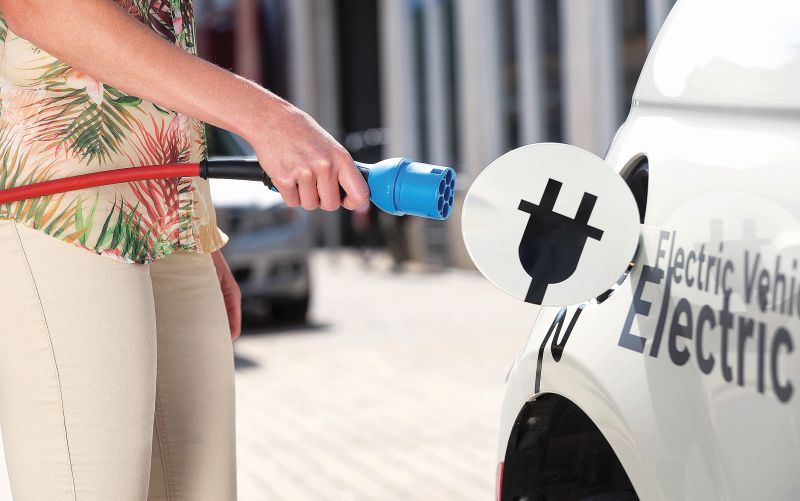
CI: Are lithium-ion batteries the future or are better technologies in the offing?
J-OR: That is a good question… one to which everyone is seeking an answer. At the moment li-ion battery is the technological standard. There are a few questions we have to ask here: have we reached the bottom of the technology? Maybe not yet. On the technological side (for the li-ion battery), will the steps be huge? No. We will see huge improvement with regard to energy density, range, and cost. But that doesn’t resolve the issue of raw material because it remains the same. And you can’t ignore chemistry or physics. You can’t cheat the chemical diagram and the elements it consists of.
CI: Level-four autonomous seems still far away for India. What do you think will filter down to Indian cars of the near future?
J-OR: Keeping in mind the current infrastructure, lane discipline and traffic of India, I would keep the level-four autonomous car aside for now. Future integration of active safety, like ESP or EPS, combined with sensors with parking assist or semi-automated parking, emergency brake assistance, or even vehicle detecting cameras on the sides are things I can envision far more. And even for these technologies to come into mainstream cars, there has to be a demand from the market. But with combined technologies of radar, cameras and even VR, the system becomes very expensive.
CI: You know the Indian car market so well. What are the technologies in demand by the Indian car companies?
J-OR: We are getting requests for shared solutions from fleet owners to help them in fleet management solutions. But the rock-solid, baseline is the demand for powertrain solutions. With BS-VI coming in now, this has the highest ground speed. There’s request for new gasoline and diesel, for two-wheeler, three-wheeler and four-wheeler models.
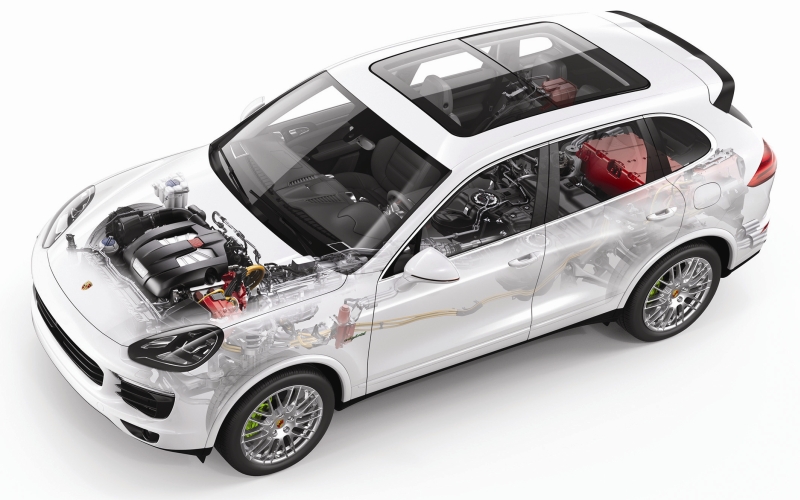
CI: If hybrids are the intermediate solution for low emission, should the government reconsider the tax structure for them?
J-OR: If you ask the same question to different people from the automobile industry, the unanimous view will be that hybrids are the right technology also for India. A similar technology can also be used on two-wheelers to reduce fuel consumption and CO2 emission. Diesel is facing challenge in the Indian context with BS-VI for passenger cars you will have to add an after-treatment system which will increase the vehicle cost. Having said that, diesel still has a fuel advantage of 10 to 15 per cent minimum. Gasoline has a chance now to catch up in this fuel deficit by adding a hybrid solution and still being cost-competitive.
CI: With future cars communicating with occupants and other cars, is Indian wireless network ready for the huge surge in data transfer?
J-OR: In telecommunications I believe that India will become 5G ready by October 2018. Also new players are planning to make an entry. Many Indians are using smartphones now; not just for Facebook and Snapchat but also as a means of making payment. So, I assume this will not be a major obstacle for the technology to break through.




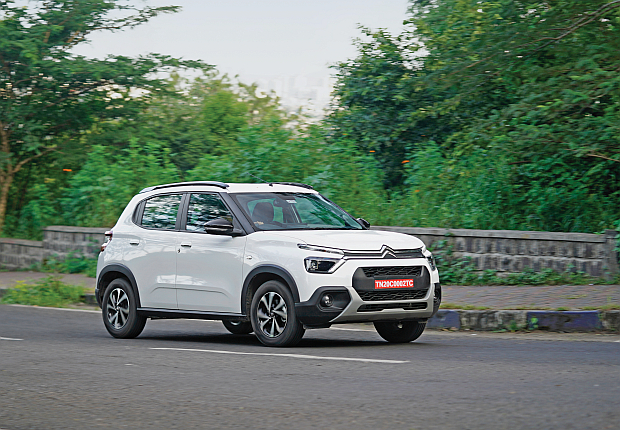
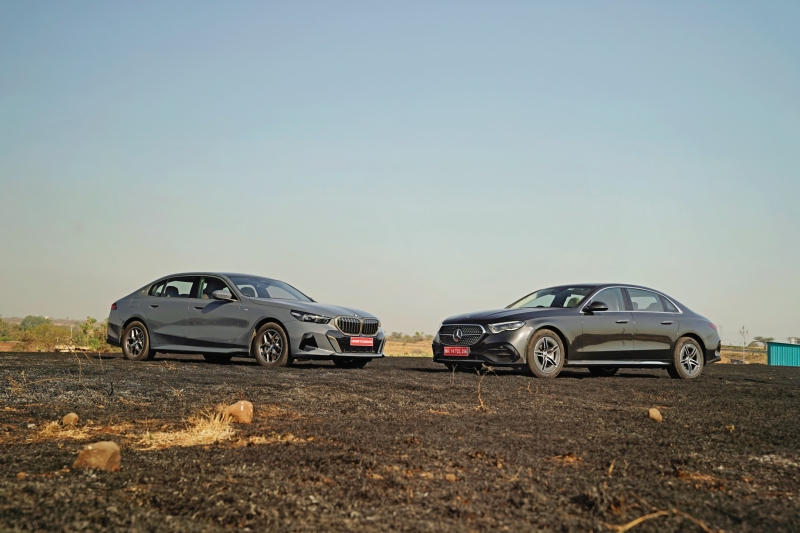

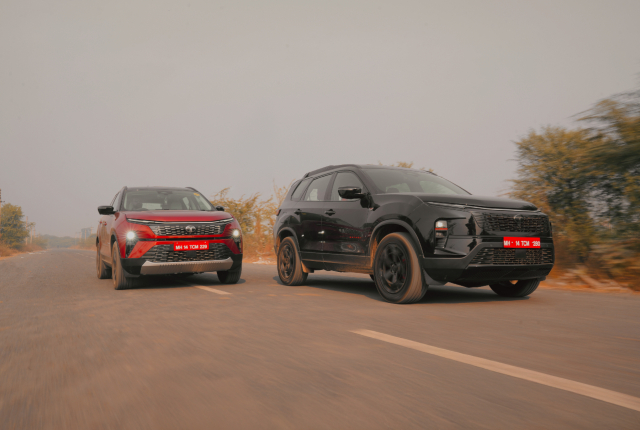











Leave a Reply